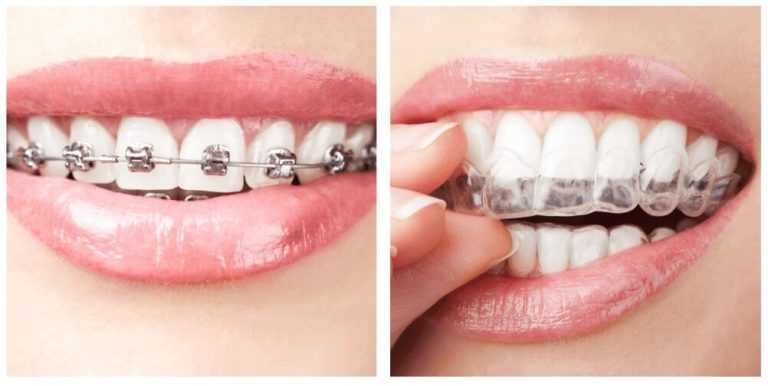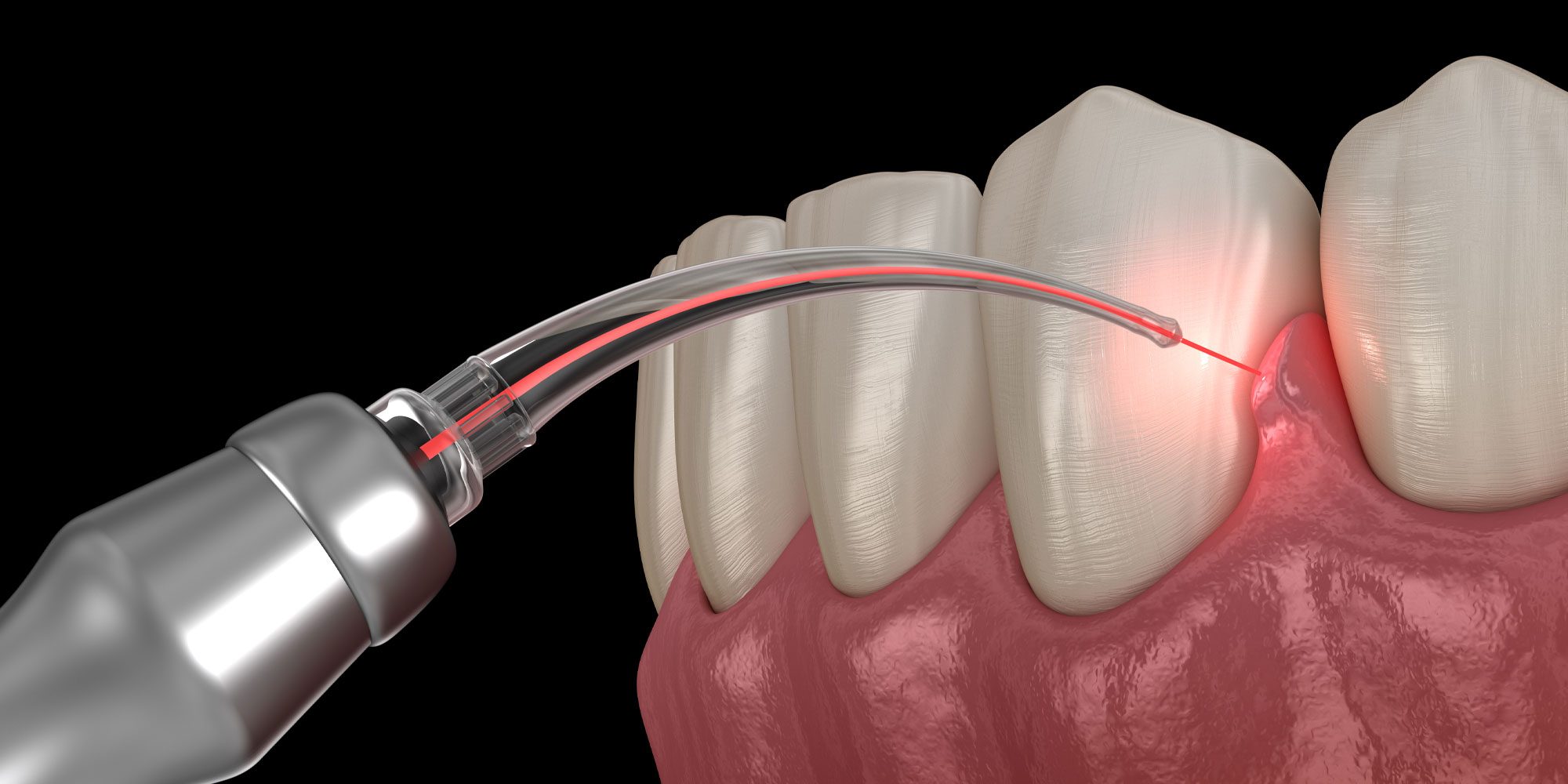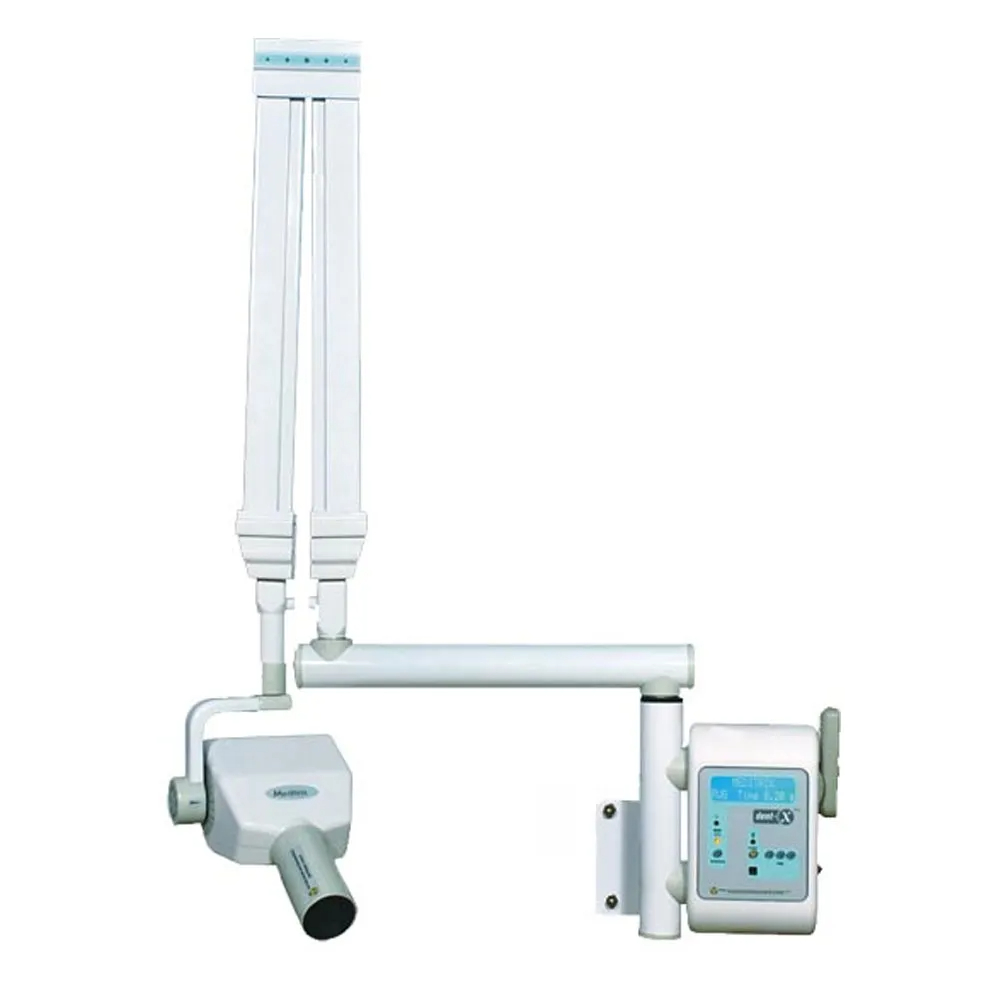Excerpt: Orthodontic braces and aligners have revolutionized the field of dentistry, offering effective solutions for individuals seeking a straighter, healthier smile. In this comprehensive guide, we delve into the world of orthodontic devices, exploring the differences between braces and aligners, their benefits, and the impact they can have on oral health.
Introduction: A captivating smile is often considered one of the most attractive features, and advancements in dental and orthodontic devices have made achieving that perfect smile more accessible than ever. Among the various options available, orthodontic braces and aligners stand out as effective solutions for correcting dental misalignments.
Understanding Orthodontic Braces: Orthodontic braces have long been a go-to treatment for individuals with malocclusions or misaligned teeth. Traditional braces consist of metal brackets attached to each tooth, connected by wires that gently guide teeth into their proper positions over time. Despite the initial apprehension associated with the visibility of metal braces, they remain a reliable and time-tested method for achieving straighter teeth.
Components of Braces: The basic components of traditional braces include brackets, wires, and bands. The brackets are attached to the teeth, the wires are threaded through the brackets, and bands secure the wires to the brackets. The consistent pressure applied by the wires gradually moves the teeth into the desired alignment.
Advantages of Braces: One of the primary advantages of braces is their effectiveness in treating complex dental issues. They are particularly useful for cases involving severe misalignments, overcrowded teeth, or bite problems. Additionally, braces are a durable and cost-effective option for long-term orthodontic treatment.
Exploring the World of Aligners: In recent years, clear aligners have gained popularity as a more discreet alternative to traditional braces. These custom-made, transparent trays fit snugly over the teeth, gradually shifting them into the desired position. The aligner trend has been fueled by technological advancements and a growing preference for less conspicuous orthodontic solutions.
How Aligners Work: Clear aligners, such as those provided by popular brands like Invisalign, utilize a series of trays that progressively move the teeth. Each set of aligners is worn for a specified period, typically two weeks, before being replaced by the next set in the series. This gradual adjustment allows for a more comfortable and inconspicuous orthodontic experience.
Benefits of Aligners: Beyond their aesthetic appeal, clear aligners offer several advantages. They are removable, allowing for easier maintenance of oral hygiene compared to traditional braces. The absence of metal components reduces the risk of irritation and sores, providing a more comfortable experience for the wearer. Additionally, the virtual transparency of aligners makes them an attractive choice for individuals seeking a less noticeable orthodontic treatment.
Choosing the Right Option: The decision between orthodontic braces and aligners depends on various factors, including the nature and severity of the dental issues, lifestyle considerations, and personal preferences. An orthodontist will conduct a thorough examination, taking into account these factors to recommend the most suitable treatment plan.
Considerations for Braces: Braces are often the preferred option for cases requiring significant tooth movement or complex adjustments. They are also a reliable choice for individuals who may have difficulty committing to the discipline of wearing aligners consistently.
Considerations for Aligners: Clear aligners are an excellent choice for those who prioritize aesthetics and prefer a more flexible treatment approach. Being removable, they allow for easier cleaning and maintenance of oral health. However, it’s essential for the wearer to comply with the recommended wearing time for optimal results.
Caring for Orthodontic Devices: Proper care is crucial for maintaining the effectiveness of orthodontic treatment and ensuring a healthy smile. Whether wearing braces or aligners, a consistent oral hygiene routine is essential to prevent issues such as tooth decay and gum disease.
Oral Hygiene with Braces: Brushing and flossing become slightly more challenging with braces due to the presence of brackets and wires. Specialized tools, such as interdental brushes and floss threaders, can aid in cleaning hard-to-reach areas. Regular dental check-ups are also important to monitor progress and address any concerns.
Oral Hygiene with Aligners: Maintaining oral hygiene with aligners is relatively straightforward. Since they are removable, individuals can brush and floss their teeth as they normally would. Cleaning the aligners themselves is essential to prevent bacteria buildup, and orthodontists may provide specific instructions or cleaning solutions.
Life After Orthodontic Treatment: Completing orthodontic treatment is a significant milestone, but it marks the beginning of a new phase in maintaining oral health. Retainers, whether fixed or removable, are often prescribed to prevent teeth from shifting back to their original positions.
Role of Retainers: Retainers help stabilize the teeth in their newly aligned positions. They are typically worn full-time initially and then transitioned to nighttime wear over time. Compliance with retainer use is crucial for preserving the results achieved through orthodontic treatment.
Conclusion: Orthodontic braces and aligners offer transformative solutions for individuals seeking a confident and radiant smile. Whether opting for the time-tested reliability of braces or the discreet convenience of aligners, the key to success lies in collaboration with a skilled orthodontic professional and a commitment to maintaining optimal oral hygiene. Embrace the journey to a straighter, healthier smile, and discover the life-changing impact of orthodontic devices.





